Biotechnologies: experimental and computer approaches
Chairs
| Section “Biotechnology through the prism of microbiome” | |
 |
Valery Danilenko
Vavilov Institute of General Genetics of RAS, Moscow, Russia |
| Section “Microbial communities of natural and anthropogenic habitats” | |
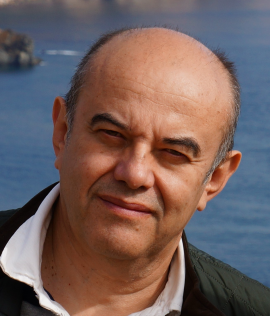 |
Nikolay Pimenov
Federal Research Centre «Fundamentals of Biotechnology» of RAS, Moscow, Russia |
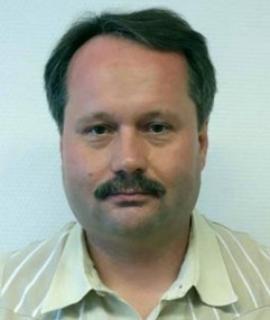 |
Nikolai Ravin
Federal Research Centre “Fundamentals of Biotechnology” of RAS, Moscow, Russia |
| Section “Industrial biotechnologies: creation of producer strains” | |
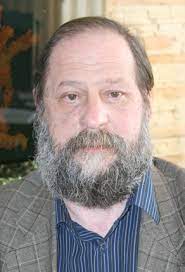 |
Sergey Peltek
Institute of Cytology and Genetics of SB RAS, Novosibirsk, Russia |
 |
Maksim Zakhartsev
Gazprom Neft – Industrial Innovations, St. Petersburg, Russia |
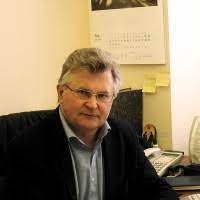 |
Alexander Yanenko
NRC “Kurchatov Institute”, Moscow, Russia
|
| Sergey Kostrov
Institute of Molecular Genetics
|
|
 |
Maxim Patrushev
NRC “Kurchatov Institute”, Moscow, Russia |
| Section “Modeling and computer analysis of microbiological systems and processes” | |
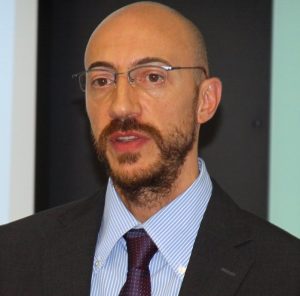 |
Matteo Barberis
University of Surrey, Guildford, United Kingdom |
 |
Sergey Lashin
Institute of Cytology and Genetics of SB RAS, Novosibirsk, Russia |
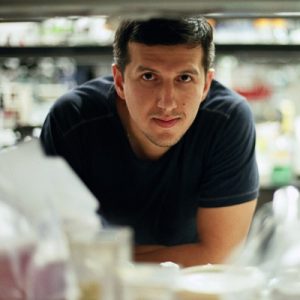 |
Ilya Akberdin, Biosoft.Ru
Institute of Cytology and Genetics of SB RAS Novosibirsk State University, Novosibirsk, Russia Sirius University, Sochi, Russia |
Section “Microbial communities of natural and anthropogenic habitats”
Keynote speaker S.N. Dedysh will present the most current data on the taxonomic diversity and metabolic potential of metanotrophic bacteria, which metabolic capability makes methanotrophs an attractive target for various biotechnological applications for the conversion of methane to a microbial single cell protein or other value-added products.
Sectional reports will be opened by N.V. Pimenov’s presentation on the study of anammox bacteria, a unique microbial group capable of oxidizing ammonium with nitrite under oxygen-free conditions. These microorganisms with an unusual cellular structure have a huge biotechnological potential, and anammox reactors are already functioning in many countries worldwide, providing removal of ammonium from domestic and industrial wastewater. A series of reports will deal with the development of technologies for organic waste processing based on the improvements of methane digestion and composting processes, as well as the use of microorganisms for enhanced oil recovery and for bioleaching of metals from depleted and refractory ores. The taxonomic and functional diversity of microorganisms of Lake Baikal and Kamchatka geothermal springs, as well as genomic studies of glycolytic potential in planktomycetes and antibiotic resistance in Salmonella and Staphylococcus are also of noticeable interest.
Section “Industrial biotechnologies: creation of producer strains”
One of the aims of biotechnology is to provide manufacturers with efficient bioprocesses operating on an industrial scale (cost-effective and large-tonnage). The modern approach to enhance the efficiency and scaling of bioprocesses is based on a dialectical pair: experiment and mathematical modeling. This approach allows creating new functions (proteins, enzymes, producer strains, artificial microbiological communities), increase the efficiency of the bioprocess (product yield), increase the productivity of the bioprocess (optimize: media, operating procedures, apparatus designs, control algorithms), optimize the cost of products, use new raw feedstock (for example, C1-substrates), and etc. The main branches of science that allow combining experiment and mathematical modeling in biotechnology are: microbiology, bioinformatics, physics, mathematics, chemical engineering, biochemical and metabolic engineering, systems biology, synthetic biology, etc. Within the framework of this symposium, we invite the submission of fundamental research that contributes to the development of experimental, theoretical and applied aspects of [industrial] biotechnology on a joint basis of experiment and/or mathematical modeling.